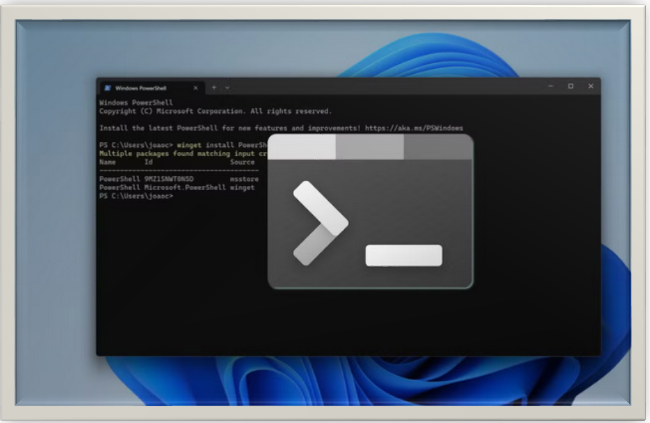WHAT IS THE NORMAL RANGE OF FIBER OPTIC LIGHT DECAY LOSS?
Discover the normal range for fiber optic light decay loss, essential for ensuring optimal signal strength, low attenuation, and reliable data transmission.

INTRODUCTION:
Modern telecommunications is based on fiber optic connections, which use light pulses to transfer data. This light gradually loses intensity as it passes through the fiber; this is known as attenuation or decay loss. Decibels per kilometer, or dB/km, are used to measure this loss. The diminishing power of the light signal as it passes through the fiber is simply shown by attenuation. This phenomenon is caused by several variables, such as defects in the fiber's composition and the fiber's natural resistance to light over long distances.
Communication may become sluggish or irregular if the light signal weakens too much, compromising the quality of the data being sent. Consequently, it is essential to comprehend what a normal range of light decay loss is.
How Do You Measure Light Decay Loss?
The unit of measurement for light decay loss is decibels (dB). The decibel, which is commonly given in decibels per kilometer (dB/km), is a logarithmic number that shows the degree of signal degradation over a specified distance.
For example, if the attenuation of a fiber is 0.35 dB/km, it means that for every kilometer that the signal passes through the fiber, 0.35 decibels of light energy will be lost.
What is the Fiber Optic Light Decay Loss Normal Range?
The type of fiber used determines the normal range of fiber optic light decay loss. Fiber optic cables fall into two main categories: single-mode and multimode fibers. There is a typical attenuation range for each group.
- Single-Mode Fiber
Since single-mode fiber can send light over great distances with little signal loss, it is ideal for long-distance communication.
Normal Attenuation Levels: 0.2 dB/km to 0.4 dB/km is the usual range of light loss in single-mode fiber optics.
Applications: Single-mode fiber is extensively used in long-distance data transfers, including links between cities or nations, internet infrastructure, and telecommunications.
- Fiber Multimode
It is perfect for high-capacity networks over shorter distances because it allows several light signals to travel simultaneously.
Normal Attenuation Levels: 2 dB/km to 4 dB/km is the typical range of light loss for multimode fiber.
Applications: Where short-range data transmission is crucial, multimode fiber is widely used in data centers, office settings, and local area networks (LANs).
Factors Affecting Fiber Optics Light Loss
The light decay loss in fiber optic cables can be affected by several factors:
-
Fiber Type:
A smaller core diameter in single-mode fiber contributes to less light loss and dispersion.
Increased loss may result from multimode fiber's bigger core diameter, which permits numerous light routes. -
Fiber Length:
In general, attenuation is higher in longer fiber cables than in shorter ones. -
Wavelength: - The material properties of the fiber are affected differently by different light wavelengths.
-
Bending: - Excessive bending may cause the fiber to lose more light.
-
Temperature: - The efficiency of light transmission can also be impacted by temperature changes. Variations in attenuation might result from temperature changes that affect the fiber's refractive index.
-
Fiber Quality: Attenuation is reduced in fibers composed of high-quality materials with few defects. On the other hand, light loss is typically higher in older or damaged fibers.
-
Cable Installation: Attenuation can be decreased by making sure fiber optic cables are installed appropriately and handled carefully. Careful installation is crucial since bending or kinking the fiber might increase light loss.
-
Connectors and Splices: A slight signal loss happens whenever two fiber optic cables are connected or spliced. If the fiber route has a lot of connectors or splices, this loss may build up.
Why is it important to understand fiber optic light decay loss?
Understanding the idea of fiber optic light decay loss is essential for network engineers and personnel. They can identify any problems like fiber breakage or excessive bending and take the appropriate steps to guarantee optimal network performance by monitoring attenuation levels.
Techniques to Lower the Decay Loss of Fiber Optic Light
Take into account the following tactics to successfully lower fiber optic light decay loss:
-
Invest in high-quality fiber: Choose fibers with a reputation for having minimal attenuation.
-
Essure accurate installation: To avoid excessive bending and micro bends, adhere to suitable installation procedures.
-
Perform routine maintenance: To lower the danger of contamination, examine and clean fiber connectors regularly.
-
Use fiber optic testing tools: To precisely measure attenuation and identify possible issues, use cutting-edge testing apparatus.
CONCLUSION
The fiber type affects the normal range of fiber optic light degradation loss. Attenuation typically ranges from 0.2 dB/km to 0.4 dB/km for single-mode fibers and from 2 dB/km to 4 dB/km for multimode fibers. Maintaining a reliable fiber optic network requires an understanding of light decay loss, especially over long distances.
Thanks for reading.
If you like the article, consider sharing and subscribing. ;)




